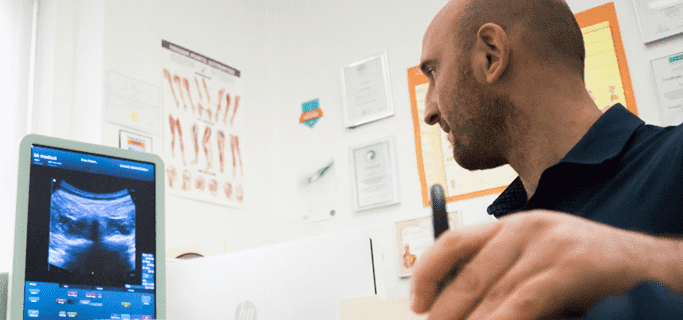August 14, 2023

Each year, between 10 and 13 percent of reported sports-related injuries involve groin pain. Some of these people will be diagnosed with athletic pubalgia, which is also known as a sports hernia. These are injuries that may happen to continue participating in his or her chosen sport.
When a patient reports groin pain, doctors should first check for other conditions that can cause the pain. There are a number of differential diagnoses, including:
There are several other possible causes of pain in the groin. The differential diagnoses should be eliminated as causing the pain first.
People who are suffering from athletic pubalgia often report pain in their groins and lower abdomens that may radiate down to play despite the pain.
When a sports hernia is suspected, a docto confirm the diagnosis.
Sports hernias will generally need to finish out the season.
After surgery, rehabilitation will involve several things. Athletes will be able to their sports at about six weeks after their surgeries.
Groin pain is a fairly common type of injury experienced by people who play certain sports. When a sports hernia is suspected, it is important that it is properly diagnosed and treated so that it doesn’t prevent the person from being able to his or her sport.
Dr. Lev Kalika is a world-recognized expert in musculoskeletal medicine. with 20+ years of clinical experience in diagnostic musculoskeletal ultrasonography, rehabilitative sports medicine and conservative orthopedics. In addition to operating his clinical practice in Manhattan, he regularly publishes peer-reviewed research on ultrasound-guided therapies and procedures. He serves as a peer reviewer for Springer Nature.
Dr. Kalika is an esteemed member of multiple professional organizations, including: